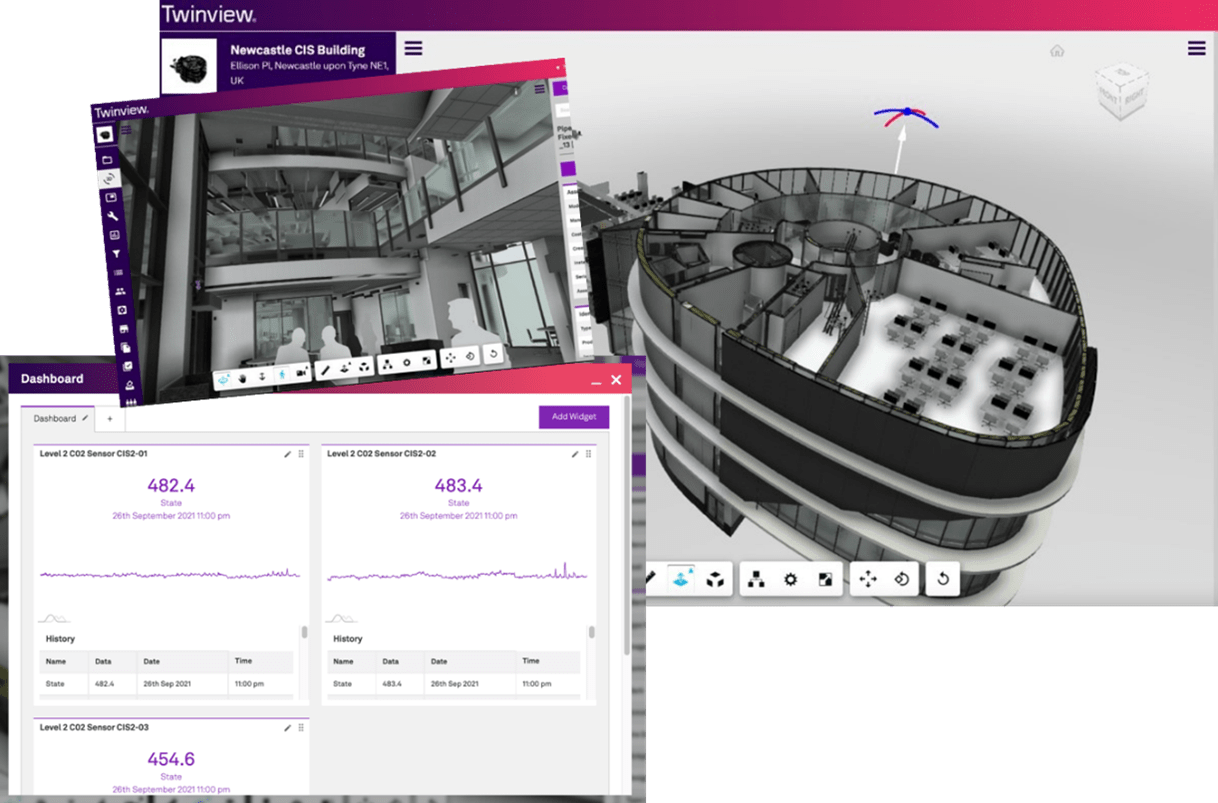Using a Digital Twin to Improve Indoor Air Quality
While CO2 monitoring, as a part of BMS operations, has been widely spreading, it is only largely used for the purpose of saving energy and reducing costs rather than as a tool for improving public health. With people spending almost 90% of their times inside building, research indicates how influencing indoor air quality can be on humans occupying the indoor space. This involves impacts on level of comfort, mental performance, health and general well-being. Alternatively, studies have shown that good indoor air quality can raise people’s productivity by up to 10%. Moreover, the spread of COVID-19 pandemic has made the issue of poor indoor air quality a critical and urgent matter, whereas inadequate ventilation may increase the risk of transmission.
To overcome these issues, this project aimed at developing a digital twin of Computer and Information Sciences building [BLD] that can support decision making pertaining to improving indoor air quality. For this project, the “Twinview” platform was used to host and communicate the collected datasets. The BIM model of BLD, the CO2 sensors data, and the footfall sensors data were all uploaded to Twinview. Consequently, data analyses and visualisation were conducted using Python and Excel. The results offered insights about what events are most influential or have the greatest impact on the indoor air quality and indoor CO2 levels. Therefore, the DT informed decision makers to implement a proactive, long-term and sustainable solution to indoor air quality [IAQ] problems by revising the schedules and location of events held at BLD, instead of the reactive conventional unsustainable solutions relying on mechanical ventilation to improve IAQ.
External Partners: Space Group

Lead Academic on This Project
Get in Touch
Get involved with IC3. Contact us or Sign-up to our Newsletter at the bottom of the page.

